Contents
Address Bar What It Is and How to Use It

The address bar is an essential component of any web browser. It is the navigation tool that allows users to input and access web addresses, also known as URLs (Uniform Resource Locators). The address bar is typically located at the top of the browser window, providing a convenient and efficient way to navigate the web.
When you open a web browser, the address bar is the first thing you see. It serves as a gateway to the vast world of the internet, enabling you to visit websites, search for information, and interact with online services. By typing a URL into the address bar and pressing Enter, you can instantly access a specific web page or initiate a search for relevant content.
The address bar is not only a tool for entering web addresses but also a powerful search tool. Most modern browsers have integrated search functionality, allowing you to perform web searches directly from the address bar. Simply type in your search query and hit Enter, and the browser will display a list of search results from various search engines.
In addition to its primary function of navigation and search, the address bar also provides valuable information about the web pages you visit. It often displays a padlock icon to indicate that the website is secure and uses HTTPS encryption. The address bar may also display other icons or indicators to indicate the site’s identity, such as a company logo or a security certificate.
Understanding the Address Bar
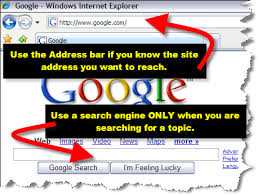
The address bar is an essential component of web navigation. It is a text input field located at the top of your web browser, also known as the URL bar or location bar. The address bar allows you to enter and view the web addresses, also known as URLs (Uniform Resource Locators), of websites you want to visit.
When you open a web browser, the address bar is typically empty. To navigate to a specific website, you need to enter the URL of the desired website into the address bar. Once you press Enter or click the Go button, the browser will load the webpage associated with that URL.
The address bar is not only used for navigating to specific websites, but it can also be used for searching the web. Most modern web browsers have integrated search functionality in the address bar. When you enter a search query into the address bar and press Enter, the browser will perform a search using the default search engine.
It’s important to note that the address bar displays the URL of the current webpage you are viewing. This allows you to quickly see and copy the URL if needed. Additionally, the address bar often provides visual cues such as a padlock icon for secure websites (HTTPS) or a warning icon for potentially unsafe websites.
Some web browsers also offer additional features in the address bar, such as auto-complete suggestions based on your browsing history or bookmarks. These features can help you quickly access frequently visited websites or previously entered URLs.
In summary, the address bar is a crucial component of web browsing. It serves as a navigation tool, allowing you to enter URLs or search queries to access specific websites or perform web searches. Understanding how to use the address bar effectively can enhance your overall browsing experience.
Definition and Purpose
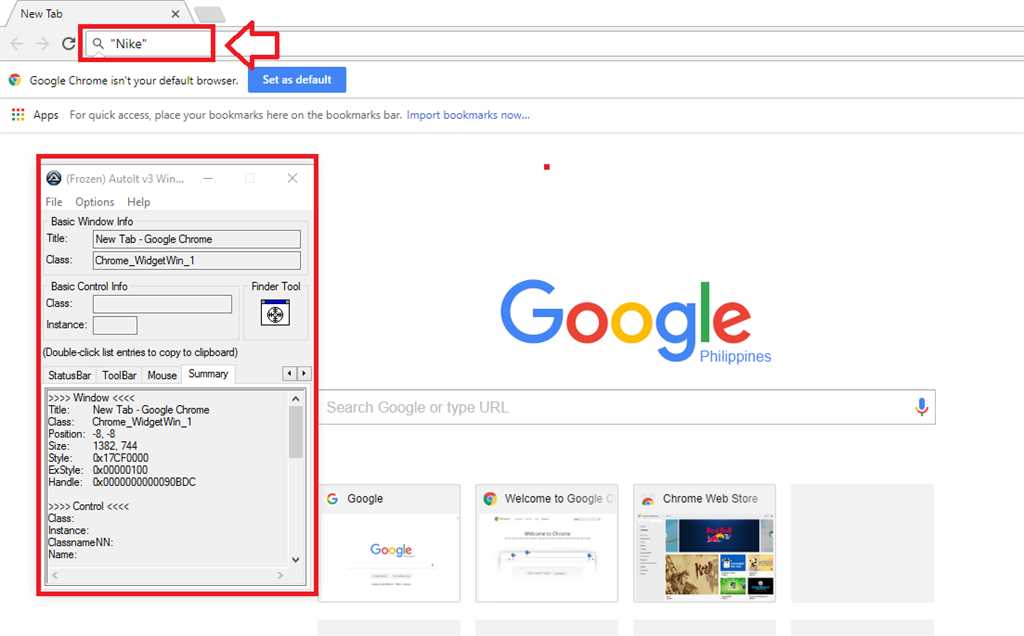
The address bar, also known as the URL bar or navigation bar, is a feature in web browsers that allows users to input and navigate to specific web addresses or search for information on the web. It is a crucial component of web browsers, as it serves as the primary tool for accessing websites and online resources.
The address bar is typically located at the top of the browser window and is easily identifiable by its rectangular shape and the text field where users can enter URLs or search queries. It plays a vital role in the browsing experience by providing a convenient way for users to interact with the web.
When a user enters a web address in the address bar, the browser uses the information to locate and retrieve the corresponding web page from the internet. It acts as a gateway to the vast network of websites and online content, allowing users to access specific pages or resources by simply typing in the URL.
In addition to entering URLs, the address bar can also be used as a search bar. Many modern browsers have integrated search functionality, allowing users to enter search queries directly into the address bar. The browser then performs a search using the specified search engine and displays the search results.
The address bar serves as a visual indicator of the user’s current location on the web. It displays the URL of the webpage that is currently being viewed, providing users with valuable information about the website they are visiting. This helps users navigate the web and keep track of the websites they have visited.
In summary, the address bar is a fundamental component of web browsers that enables users to input URLs, search for information, and navigate the web. It plays a crucial role in accessing websites and online resources, providing users with a convenient and efficient way to interact with the internet.
Components of the Address Bar
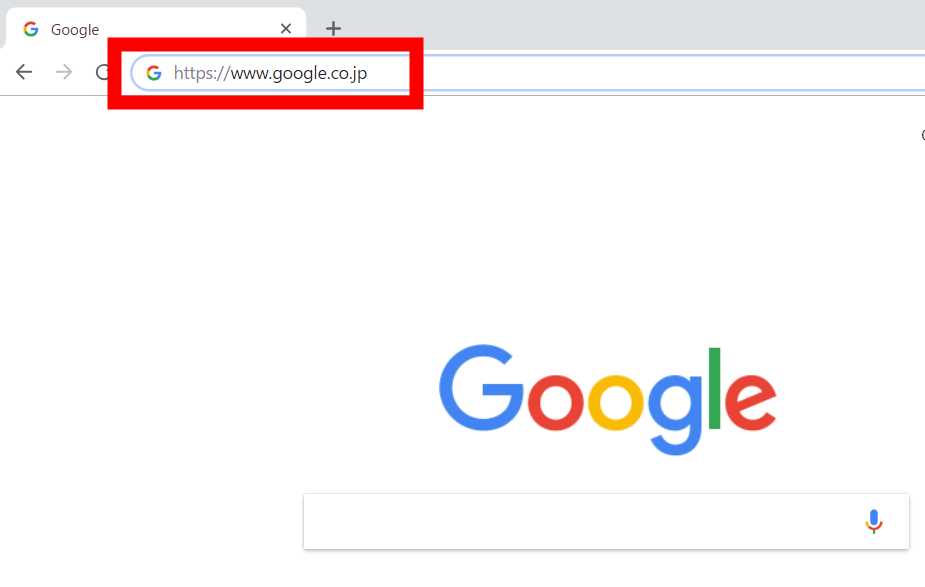
The address bar, also known as the navigation bar or URL bar, is an essential component of a web browser. It allows users to input and navigate to specific web addresses or perform searches. Here are the main components of the address bar:
- Address: The address field displays the current web address (URL) of the webpage you are currently viewing. It typically starts with “http://” or “https://” and is followed by the domain name.
- Search: Many modern browsers integrate a search functionality directly into the address bar. This allows users to enter search terms and perform web searches without visiting a search engine’s website.
- Location: The address bar also serves as a location indicator, showing the user’s current position within the website’s hierarchy. It may display the name of the current webpage or the section of the website the user is currently browsing.
The address bar is a versatile tool that combines both navigation and search capabilities, making it a powerful feature of web browsers. It provides a convenient way for users to access specific web addresses, perform searches, and keep track of their location within a website.
Importance of the Address Bar in Web Browsers
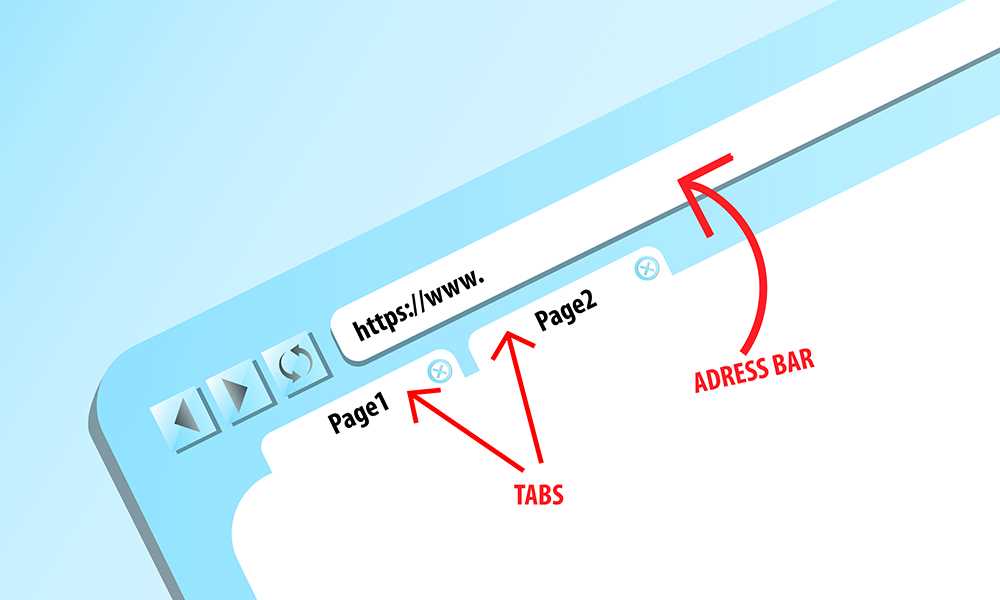
The address bar is an essential component of web browsers that plays a crucial role in the browsing experience. It serves as a user interface element that allows users to interact with the web browser by providing input and navigating to different web pages.
The address bar, also known as the URL bar, is where users can enter the address or URL of a website they want to visit. It acts as a search box, allowing users to search for specific websites or content on the web. Users can simply type in the address or keywords related to the content they are looking for, and the browser will display relevant search results or directly navigate to the specified website.
One of the primary functions of the address bar is to facilitate navigation. Users can enter the URL of a website they want to visit, and the browser will load the corresponding web page. This allows users to quickly and easily access their favorite websites or specific web pages without having to manually navigate through multiple links or bookmarks.
The address bar also provides important information about the website being visited. It displays the full URL of the current web page, including the protocol (e.g., HTTP or HTTPS), the domain name, and any subdirectories or parameters. This information is useful for users to verify the authenticity and security of the website they are visiting.
In addition, the address bar often includes features such as autocomplete and suggestions, which help users save time and effort when entering URLs or searching for content. These features can predict and suggest URLs based on the user’s browsing history, bookmarks, or popular websites, making it easier for users to find what they are looking for.
Overall, the address bar is a fundamental tool in web browsers that enables users to input URLs, search for content, and navigate the web. Its importance lies in its ability to provide a seamless and efficient browsing experience, allowing users to quickly access desired websites and find relevant information on the internet.
Using the Address Bar
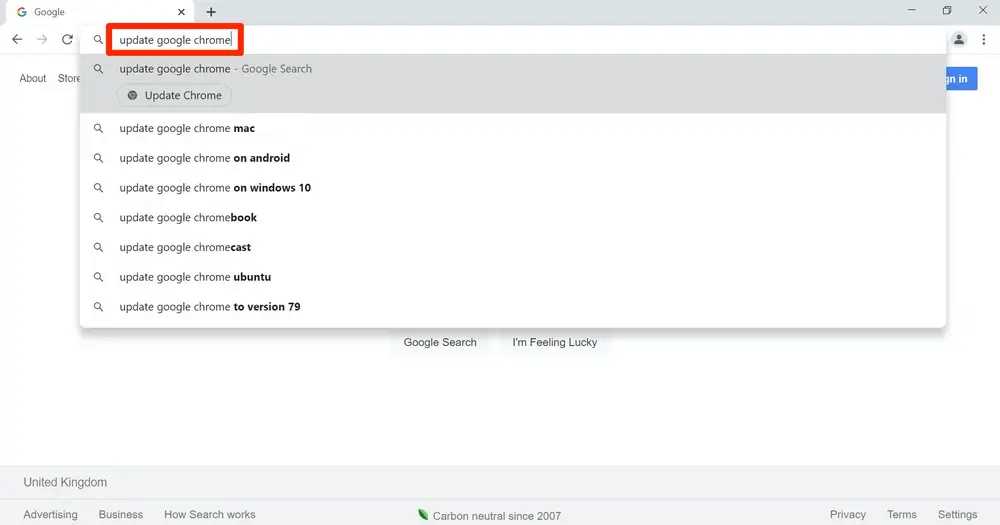
The address bar is an essential component of a web browser that allows you to navigate the web by entering the URL or web address of a specific website.
When you open a browser, you will see the address bar at the top of the window. It is usually accompanied by other navigation tools like back and forward buttons, a refresh button, and a search bar.
To use the address bar, you simply need to click on it to activate it. Once activated, you can type in the URL or web address of the website you want to visit. The URL is a unique identifier that specifies the location of a webpage on the internet.
When entering a URL into the address bar, it is important to include the necessary components, such as the protocol (e.g., “http://” or “https://”) and the domain name (e.g., “www.example.com”). This ensures that the browser can correctly interpret and load the webpage you are requesting.
After entering the URL, you can press the Enter key on your keyboard or click the Go button to load the webpage. The browser will then connect to the web server hosting the website and retrieve the requested webpage, displaying it in the browser window.
The address bar also serves as a search bar in many modern browsers. If you enter a search query instead of a URL, the browser will use a default search engine to perform a search and display the results.
Additionally, the address bar often provides suggestions or auto-complete options as you type, based on your browsing history and bookmarks. This can help you quickly access frequently visited websites or previously searched terms.
In summary, the address bar is a crucial tool for navigating the web. It allows you to input the URL or web address of a specific website and load the corresponding webpage in your browser. It can also be used as a search bar and provides suggestions and auto-complete options for faster browsing.
Entering a URL
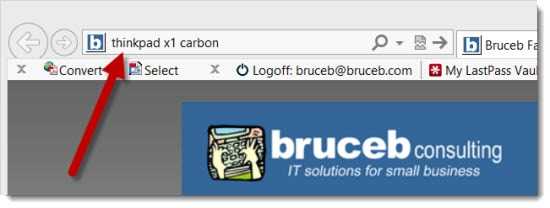
When using a web browser, the URL bar is where you can enter the address of a website you want to visit. The URL stands for Uniform Resource Locator and it serves as the web address of a specific page or resource on the internet.
To enter a URL, you simply need to click on the URL bar, which is usually located at the top of the browser window. Once you click on it, you can start typing the address of the website you want to visit.
It’s important to note that the URL bar also serves as a search bar in many browsers. This means that if you enter a term or phrase that is not a valid URL, the browser will perform a search using your input instead.
When entering a URL, you can use the full address, including the protocol (e.g., “http://” or “https://”), or you can simply enter the domain name (e.g., “example.com”). The browser will automatically add the protocol if it is missing.
After you have entered the URL, you can press the Enter key on your keyboard or click the Go button (usually represented by an arrow or the word “Go”) to navigate to the website.
If you have previously visited a website, the browser may suggest URLs based on your browsing history as you start typing in the URL bar. This can be convenient if you frequently visit certain websites.
Overall, the URL bar is a key component of web browser navigation. It allows you to quickly enter the address of a website you want to visit, or perform a search if the input is not a valid URL.
Searching the Web
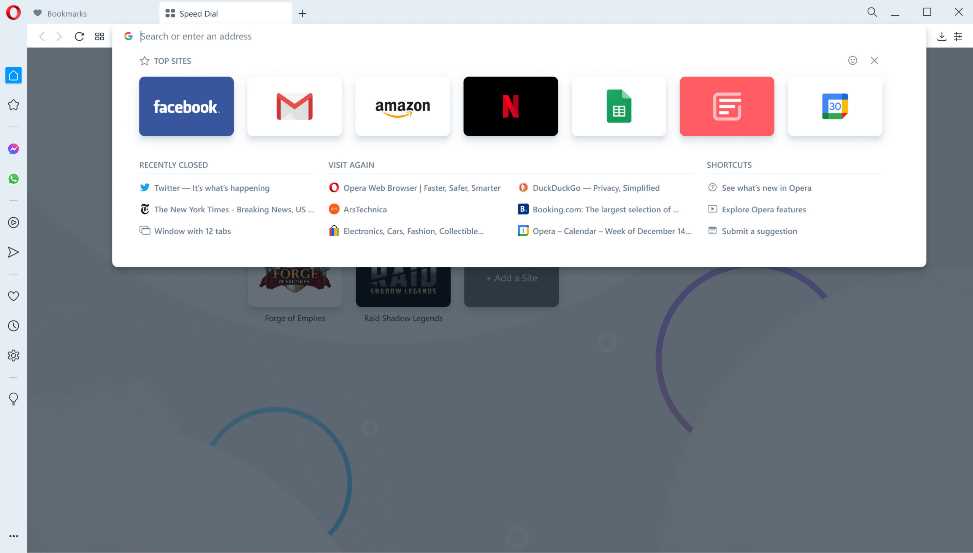
The address bar in a web browser is not only used for navigation, but also for searching the web. It acts as an input field where you can enter search terms to find information on the internet.
When you enter a search query in the address bar, the browser will automatically recognize it as a search request and not a URL. It will then send the search query to a search engine, such as Google, Bing, or Yahoo, to retrieve relevant search results.
Here’s how you can search the web using the address bar:
- Type your search query directly into the address bar.
- Press the “Enter” key or click on the browser’s search button.
- The browser will send your search query to a search engine.
- The search engine will return a list of search results based on your query.
- You can click on any of the search results to visit the corresponding web page.
Searching the web using the address bar is a convenient way to quickly find information without having to visit a search engine’s website first. It saves you time and effort by combining the navigation and search functionalities into one location.
It’s important to note that the address bar can also be used to directly enter a URL, such as www.example.com, to navigate to a specific website. However, when you enter a search query, the browser will treat it differently and perform a web search instead of trying to access a specific web page.
Using Bookmarks and History

When navigating the web using a browser, the address bar is a crucial tool that allows you to input a specific web address or search for information. However, there are additional features that can enhance your browsing experience, such as bookmarks and history.
Bookmarks:
Bookmarks are a way to save specific web pages that you frequently visit or want to access later. They act as shortcuts, allowing you to quickly navigate to a particular website without having to remember or type in the entire URL.
To create a bookmark, follow these steps:
- Navigate to the desired web page.
- Click on the bookmark icon in the browser’s toolbar.
- Select “Add Bookmark” or a similar option.
- Choose a name for the bookmark and select a folder to save it in.
- Click “Save” to add the bookmark to your collection.
Once you have created bookmarks, you can access them by clicking on the bookmark icon in the toolbar. This will display a list of your saved bookmarks, organized into folders if you have created any. Simply click on a bookmark to navigate directly to that webpage.
History:
The history feature in a browser keeps track of the websites you have visited in the past. It can be useful for quickly revisiting a webpage you recently viewed or finding a site you visited but can’t remember the URL for.
To access your browsing history, follow these steps:
- Click on the menu icon in the browser’s toolbar.
- Select “History” or a similar option.
- A list of your recently visited websites will be displayed.
- Click on a website to navigate to it.
Some browsers also allow you to search your browsing history by entering keywords or filtering by date. This can be helpful if you are trying to find a specific webpage from your past browsing sessions.
Both bookmarks and history are powerful tools that can save you time and effort when navigating the web. By utilizing these features, you can easily revisit your favorite websites or find previously visited pages without having to manually enter the full URL each time.
Tips and Tricks for Efficient Address Bar Usage

The address bar, also known as the URL bar or the web browser bar, is a powerful input field that allows you to interact with the web. While it is primarily used for entering website addresses, there are several tips and tricks that can help you make the most out of this versatile tool.
- Smart searching: The address bar doubles as a search bar, allowing you to search the web without having to visit a search engine. Simply enter your query into the address bar and hit Enter to see the search results.
- Quick navigation: Instead of typing out the full web address, you can use the address bar to navigate to websites quickly. For example, typing “google” and hitting Enter will take you to the Google homepage.
- Auto-complete: Most modern browsers offer auto-complete suggestions as you type in the address bar. Take advantage of this feature to save time and avoid typos.
- Bookmark management: You can use the address bar to access your bookmarks. Simply type in the name of the bookmark or a keyword associated with it, and the browser will provide suggestions based on your input.
- Tab switching: If you have multiple tabs open, you can use the address bar to switch between them. Start typing the name or keyword of the tab you want to switch to, and the browser will show you a list of matching tabs.
- History search: The address bar can also be used to search your browsing history. Type in a keyword or , and the browser will display a list of matching results from your history.
By mastering the efficient usage of the address bar, you can enhance your browsing experience and save valuable time. Whether it’s searching the web, navigating to websites, managing bookmarks, or switching between tabs, the address bar is a versatile tool that can help you accomplish these tasks with ease.
Keyboard Shortcuts

Keyboard shortcuts are a convenient way to navigate the web and perform actions quickly without using the mouse. Here are some common keyboard shortcuts you can use in the address bar of your browser:
- Ctrl+L or Alt+D: Move the cursor to the address bar.
- Ctrl+Enter: Automatically adds “www.” and “.com” to the text in the address bar and navigates to the corresponding website.
- Ctrl+Shift+Enter: Automatically adds “www.” and “.org” to the text in the address bar and navigates to the corresponding website.
- Ctrl+Shift+Del: Opens the clear browsing data dialog, allowing you to delete your browsing history, cookies, and other cached data.
- Ctrl+Shift+T: Reopens the most recently closed tab.
- Ctrl+K or Ctrl+E: Move the cursor to the search bar.
- Ctrl+Up Arrow or Ctrl+Down Arrow: Scroll through the suggestions in the address bar or search bar.
- Ctrl+Shift+B: Show or hide the bookmarks bar.
- Ctrl+Shift+N: Open a new incognito window.
These shortcuts can help you save time and navigate the web more efficiently. Whether you’re typing an address, searching for a specific location, or performing other tasks, using keyboard shortcuts in the address bar can make your browsing experience smoother.
FAQ about topic Address Bar: What It Is and How to Use It – A Comprehensive Guide
What is an address bar?
An address bar is a feature in a web browser that displays the URL (Uniform Resource Locator) of the current webpage. It is also used to enter a new URL to navigate to a different webpage.
How do I use the address bar?
To use the address bar, simply click on it and type in the URL of the webpage you want to visit. Press Enter or click on the “Go” button to navigate to that webpage. You can also use the address bar to search for specific content by typing in keywords or phrases.
Can I customize the address bar?
Yes, you can customize the address bar in some web browsers. For example, you can choose to display or hide certain elements such as the protocol (http:// or https://) or the www prefix. Some browsers also allow you to add search engines to the address bar, so you can directly search for content without visiting a search engine website.
Hello, I am Ethan Gamble, the insightful mind behind the rich content you find on NicolasBalcon.org. My platform is a hub where I share step-by-step guides and tips on various topics, helping you navigate through different aspects of technology and daily life with ease.
In my recent articles, I have covered a range of topics to assist you in the digital world. From sharing a detailed guide on how to use YouTube link timestamp for easy video sharing to helping you view sensitive content on Twitter with a step-by-step guide, I am here to ensure you have the knowledge to use different platforms proficiently.
Whether you are looking to find the best deals on USB flash drives at Amazon or eager to learn how to change the background in Photoshop through an easy tutorial, I delve deep into each topic, offering you a comprehensive understanding that is both detailed and easy to grasp.
As you explore the latest articles, you will find a range of exciting topics, including insights into the latest products and how to use them to their fullest potential. I am dedicated to testing each product meticulously, evaluating everything from the CPU in the latest Windows laptop to the battery life of the newest wireless earbuds, ensuring you get the most accurate and reliable information.
I invite you to dive into the world of insightful guides on NicolasBalcon.org, where I am committed to bringing you the most detailed and helpful guides to assist you in the digital world. Let’s foster a space of knowledge and understanding together!